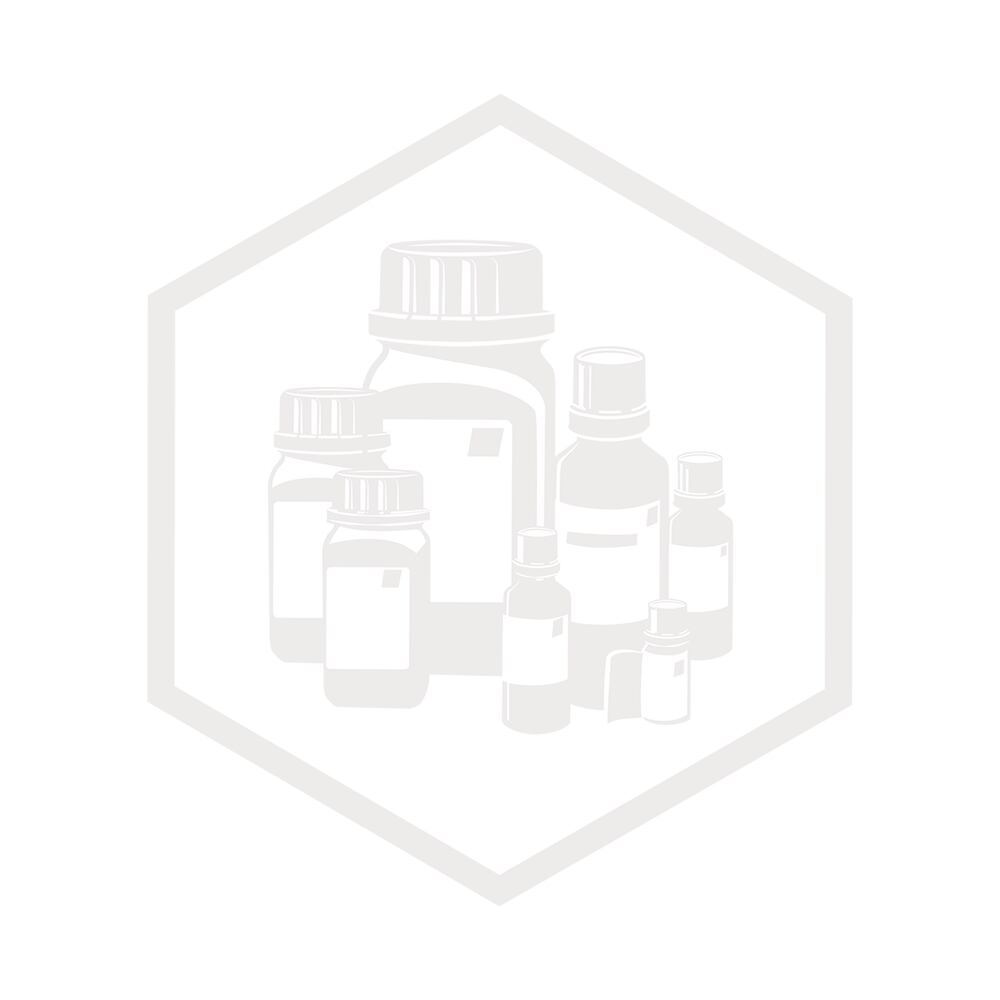Technical Data Sheet
Molybdatophosphoric acid hydrate, 50 g, plastic
Molar mass (M) 1825,25 + x H2O g/mol
Density (D) 2,52 g/cm³
Melting point (mp) 98 °C
Storage temp. +4 °C
ADR 8 II
WGK 1
CAS No. 51429-74-4
EG-Nr. 234-713-5
UN-Nr. 3260
€80.55/Pack Qty.
excl. VAT. | 50 g per Pack Qty.
Art. No. 4440.2
- Subtotal: 0.00
| Art. No. | Pack Qty. | Pack. | Price | Quantity | |
|---|---|---|---|---|---|
| 4440.1 | 25 g | glass |
€51.50 |
|
|
| 4440.2 | 50 g | plastic |
€80.55 |
|
|
| 4440.3 | 100 g | plastic |
€145.15 |
|
|
| 4440.7 | 1 kg | plastic |
€1,236.25 |
|
|
|
In stock
Available
In procurement
No longer available
Delivery date currently unknown
|
|||||
- Subtotal: 0.00
Downloads / MSDS
General information
Further attractive products to complete your chromatography laboratory can be found on our Chromatography page!
Although the principle of thin-layer chromatography is more than a century old, it did not make its breakthrough as an analytical method until about 50 years ago.
Thanks to the development of new sorbents and supports, as well as increasing instrumentation and automation, TLC has become a versatile separation method. It is used both in qualitative analysis and in quantitative analysis.
Applications range from simple manual separation processes in classic TLC to automated processes in HPTLC (high performance thin layer chromatography).
Advantages of thin layer chromatography:
- Higher sample throughput in less time
- Suitable for screening tests
- Pilot process for HPLC
- The ready-to-use TLC layer functions as a data storage device for separation results
- The separated substances can be used later for further analysis (e.g. IR, MS)
- By switching the mobile and the stationary phases, the separation process can be optimised quickly and cost-efficient
Carl ROTH provides suitable acids and bases for different requirements!
- High purity
- High batch consistency
- Detailed specifications
- Good price-performance ratio
Certificates of Analysis
Guarantee analysis
| Appearance | yellow to yellow-orange crystals |
| Assay | ≥99 % |
| Chloride (Cl) | ≤0,02 % |
| Sulphate (SO4) | ≤0,025 % |
| Ammonium (NH4) | ≤0,01 % |
| In H2O insoluble matter | ≤0,01 % |
| Heavy metals (as Pb) | ≤0,005 % |
| Calcium (Ca) | ≤0,02 % |
| Iron (Fe) | ≤0,005 % |

